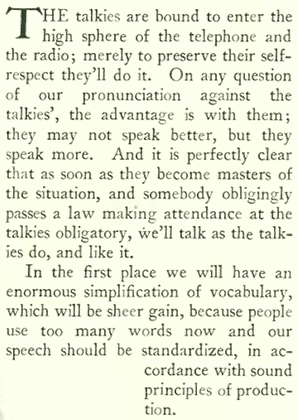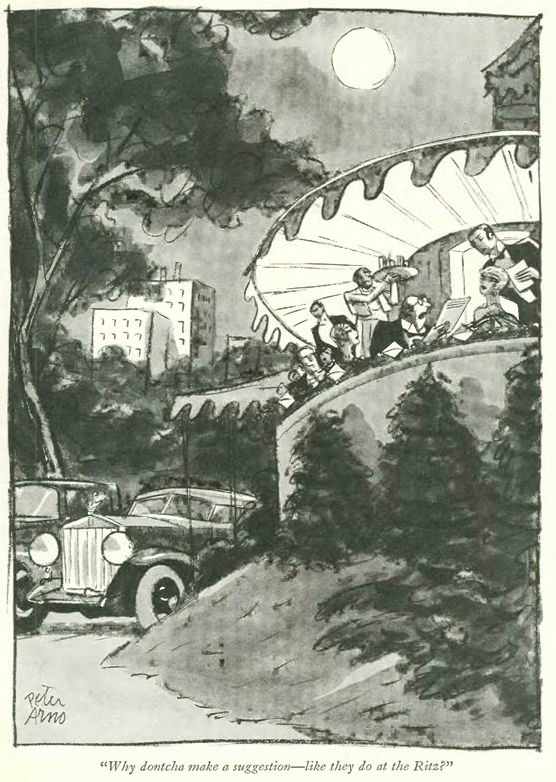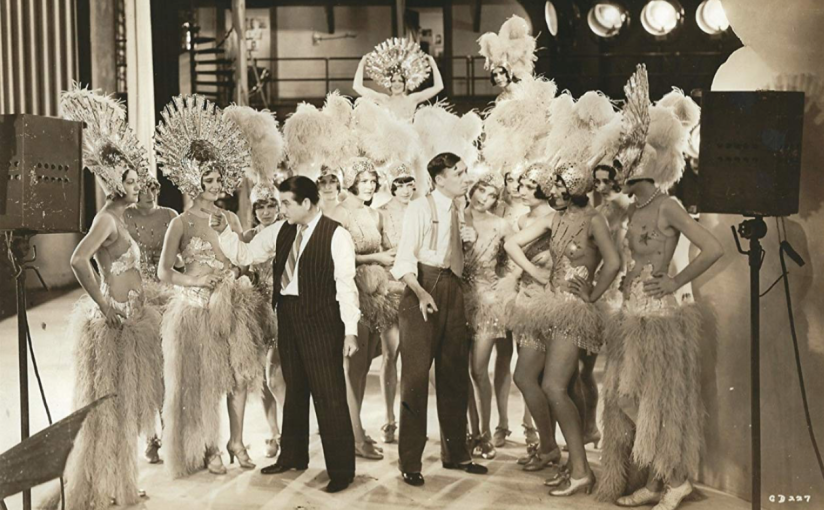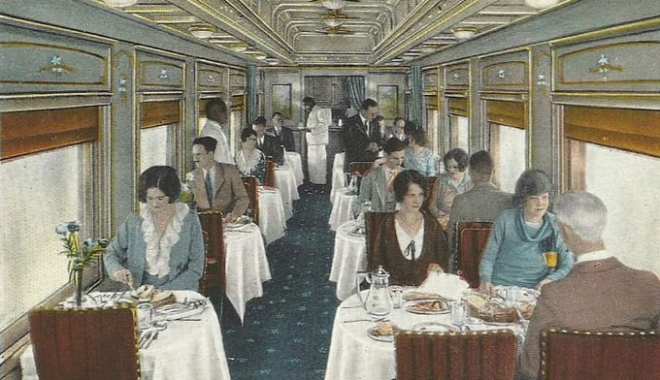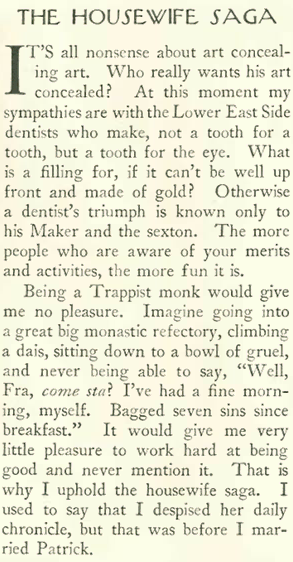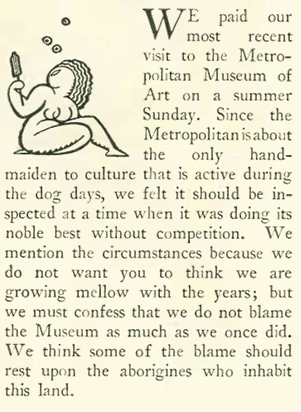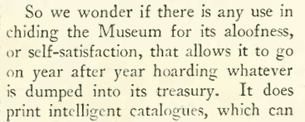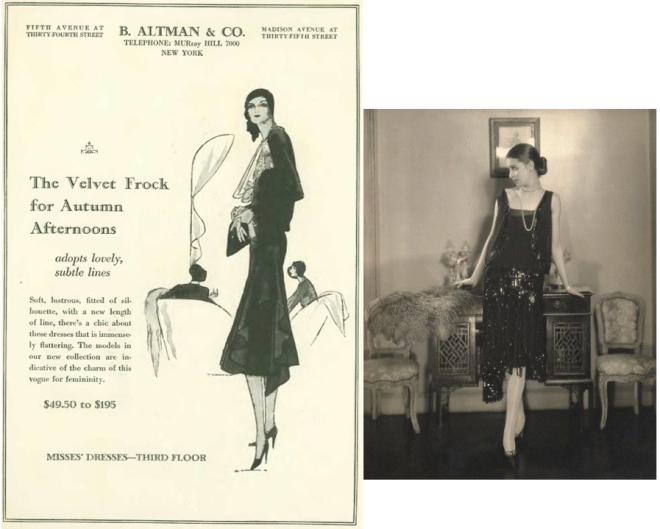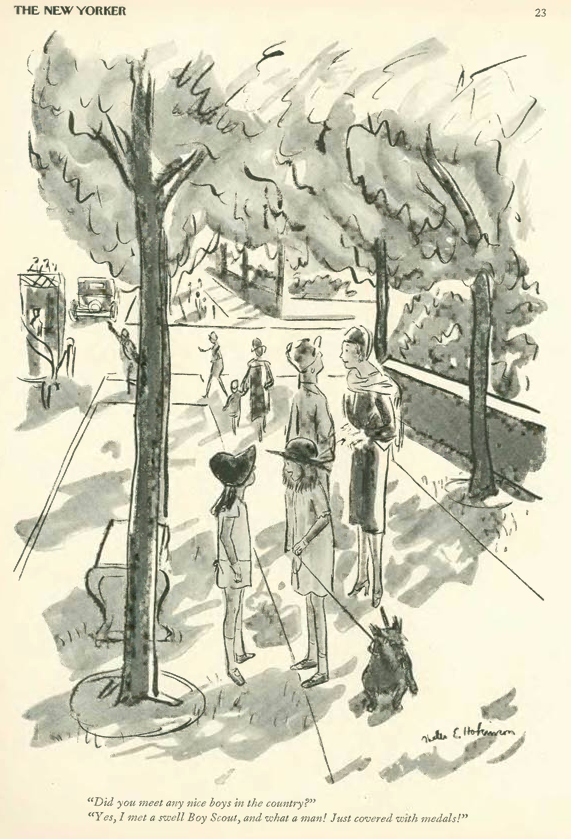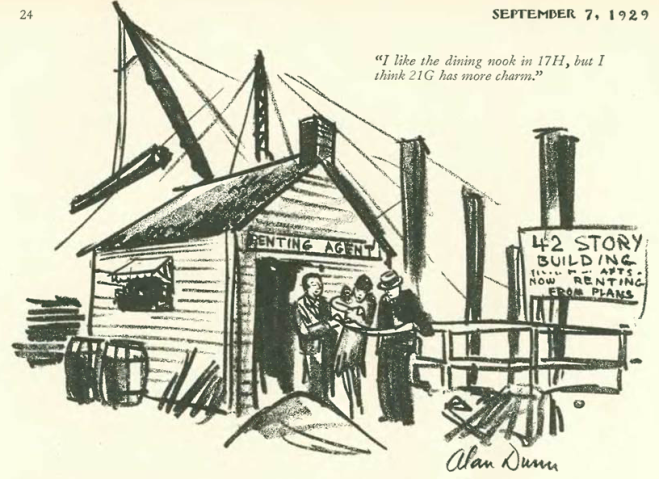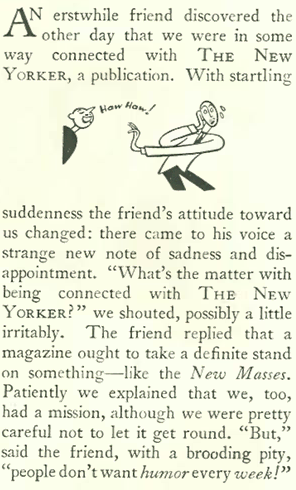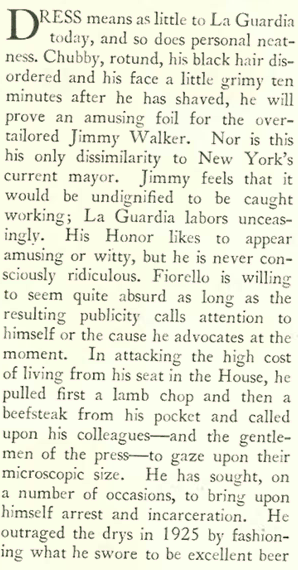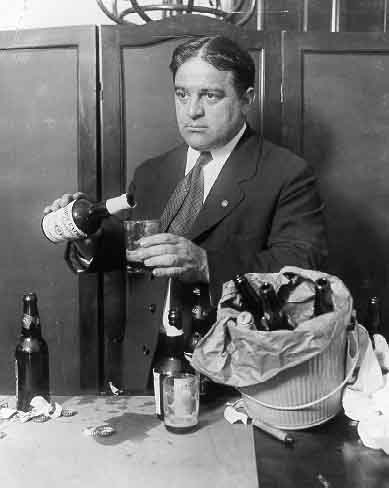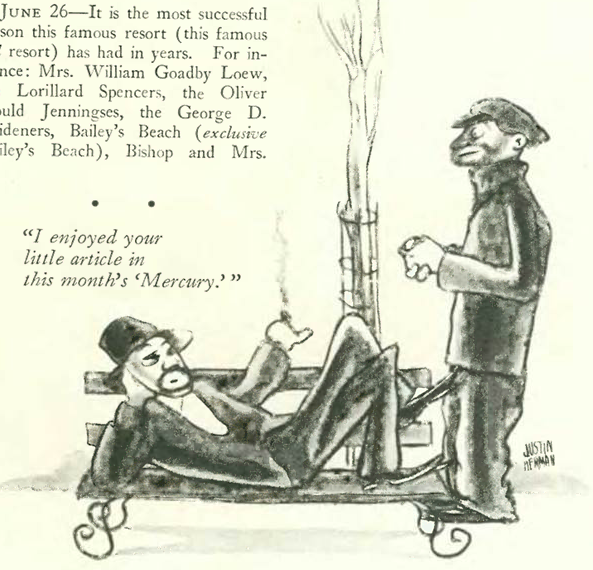The Hammerstein name looms large in the history of both stage and screen, an extended family of theater impresarios and composers descended from the German-born Oscar Hammerstein I (1846 – 1919).

It was Oscar’s son, Arthur Hammerstein (1872 – 1955), who would bring the nostalgic musical Sweet Adeline to the Broadway stage, with music by Jerome Kern. Arthur’s nephew, Reginald Hammerstein, directed, and Reginald’s brother, Oscar Hammerstein II, provided the lyrics (and would later collaborate on such Broadway hits as Oklahoma! and The Sound of Music). Sweet Adeline opened on Sept. 3, 1929 at Arthur’s Hammerstein Theatre (known today as Ed Sullivan Theater), and the New Yorker’s Robert Benchley was on hand for opening night…
The title of the musical was a pun on the famous barbershop quartet song first published in 1903 — a time that seemed quaint to Jazz Agers. To get a sense of how rapidly American society had changed in the 1920s, in the paragraph above, Benchley referred to the musical’s setting (1898) as “old-time.” I’m not sure we would refer to 1987 as “old-time,” but who knows? Benchley continued…

As for the performances by Helen Morgan (who more or less invented the torch singer’s boozy, draped-over-the-piano style), Benchley noted that her personality was “almost oppressively lush at times”…
A note regarding Helen Morgan: She began her career singing in Chicago speakeasies before moving to New York in the mid-1920s, where she continued to sing in nightclubs (including one attached to her name, Chez Morgan) while also performing on Broadway. Morgan became a heavy drinker, and was often drunk during performances (hence Benchley’s comment regarding her “lush personality”). Cirrhosis of the liver would claim Morgan’s life in 1941. The same disease would claim Benchley four years later.
* * *
While we are the topic of Broadway, the Sept. 14 “Talk of the Town” featured a brief profile of John Murray Anderson, (1886 – 1954) who was celebrating the success of his own Broadway musical revue Almanac…

In this excerpt, “Talk” recounted how Anderson finally hit it big in 1919 with his Greenwich Village Follies. It noted that he had a “genius”…


…and a bit more about Anderson…
In Michael Maslin’s terrific book, Peter Arno: The Mad, Mad World of The New Yorker’s Greatest Cartoonist, Maslin notes that Arno “was whisked onto the Manhattan theater scene by Murray Anderson, whose twenty-nine scene Almanac opened to excellent reviews at the two-year-old Erlanger Theater, just off Times Square.” Maslin cites the famed New York columnist O.O. McIntyre, who wrote “Arno was one of several ‘conspirators’ responsible for Broadway backdrops whose ‘exaggerated whimsicalities…in black and white…when unfolded usually get what Variety calls a belly laugh.'”

And in the following issue of The New Yorker (Sept. 21), Peter Arno contributed this drawing for the theater review section (it doesn’t entirely look like an Arno, but then again his style at this time seemed to fluctuate almost weekly)…
* * *
Flapper Joan
No stranger to Broadway herself, the young actress Joan Crawford was making a name for herself in Hollywood and garnering consistently positive reviews from the New Yorker’s film critic John Mosher, who found that the 25-year-old actress— who portrayed a fun-loving flapper in Modern Maidens — could shine even in the midst of an average screenplay:

* * *
Silence is Golden
Cultural critic Gilbert Seldes contributed a casual titled “In a Loud Voice With the Tongues of Angels,” joining the chorus of voices at The New Yorker skeptical of (but resigned to) the advent of sound motion pictures. Excerpts:

* * *
Das Speedboat
“The Talk of the Town” reported on the fuss created by the German passenger liner Bremen after it completed its maiden voyage to New York. It set a new world record in the process — four days, 17 hours, and 42 minutes later —and captured the westbound “Blue Riband” from the famed Mauretania with an average speed of 27.83 knots (the Blue Riband was an unofficial honor bestowed on the fastest passenger liners crossing the Atlantic)…


* * *
Up In Smoke
Another “Talk” item explored the decline of cigar and pipe smokers thanks to the rise of cigarette advertising (and women smokers) in the 1920s…
…as an aside, it appeared golfer Walter Egan was still a pipe smoker, as this illustration by Johan Bull for the issue’s “Tee and Green” column attested…
…”Talk” laid the blame (or the credit) on Lucky Strike’s successful ad campaigns that that particularly made a “big impression” on women…
…and to begin our advertising section, a Lucky Strike ad from the same issue:
…the Liggett & Myers tobacco company, on the other hand, promoted their Fatima brand as a higher quality, and slightly more expensive, alternative…
…in this ad for The Shelton Looms we find the elongated style popular in fashion ads of the era…the illustration is by LeBrun, but also evokes the style of Carl “Eric” Erickson, known for his Camel ad illustrations of the same period…
…and now a couple of ads from the back pages: the ad at left promoted a “country style” supper club near Washington Square. I haven’t found a record (yet) for the County Fair, but it was one of the themed restaurants Don Dickerman operated around Greenwich Village before the Depression (Dickerman, an illustrator, also provided the art for the ad)…the ad on the right—for Odorono deodorant— appeared regularly in the back pages of The New Yorker, illustrated by the magazine’s own Julian De Miskey. The ads featured vignettes of unfortunate young women whose B.O. was so bad that it caused all potential suitors to flee…
…on to our cartoons, Al Frueh (artist of the first two cartoons in The New Yorker’s first issue)…contributed another of his familiar multi-panel “silent” cartoons…
…I like the modern feel of this cartoon by William Crawford Galbraith…
…and we close with a couple of cartoons under the moonlight, by Bruce Bairnsfather…
…and Peter Arno…at the Central Park Casino…
Next Time: Looking Ahead to 1979…









